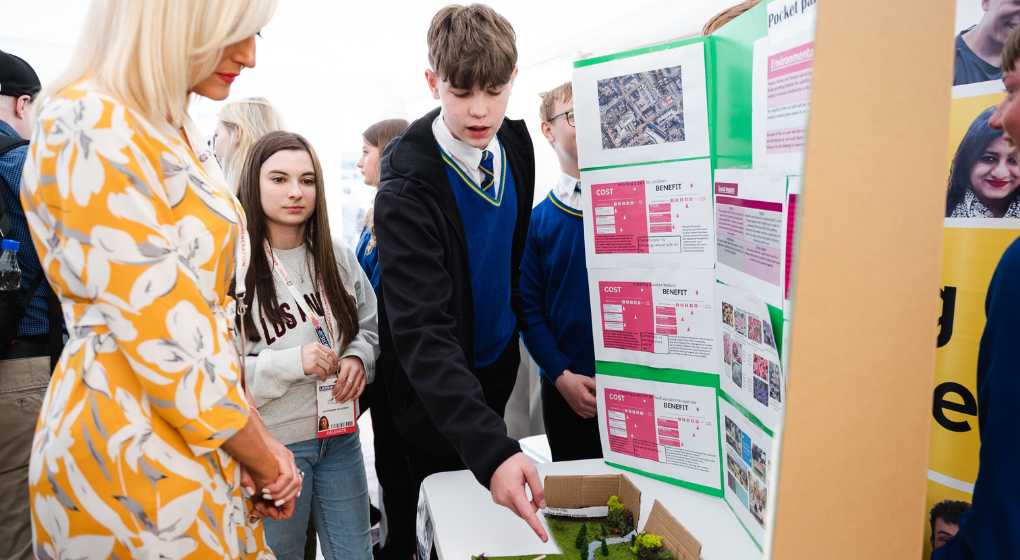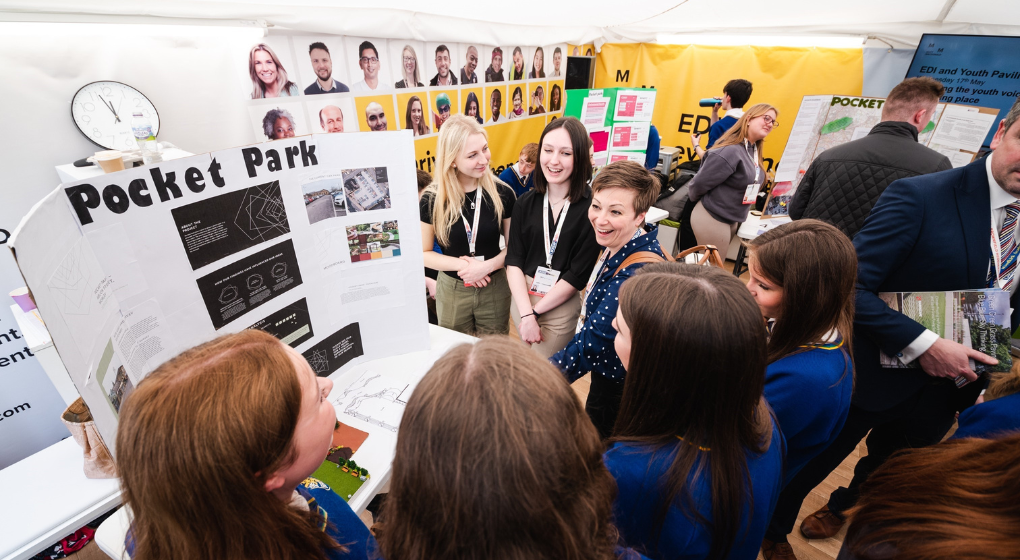Consultations are a necessary part of any development process, helping ensure that projects align with the needs of local communities. While they previously might have conjured up visions of dusty church halls and stale biscuits, the tools and approaches used to consult with communities have evolved significantly.


The pandemic highlighted the clear need to revolutionise how we consult with communities, with developers and local authorities adopting increasingly sophisticated virtual consultation tools. Today, while in-person consultations are still the norm, many are continuing to engage communities through methods like Zoom briefings, virtual consultation rooms, fly-through videos, and social media.
This hybrid approach to consultation has been widely commended for its ability to reach seldom-heard or less civically engaged groups, but there remains one group that feels harder to reach than ever: young people.
You only need to look at Netflix’s Toxic Town to see the devastating effect of isolating communities from development, and young people are the generation that will be most impacted by this.
Andy Clarke, Head of Partnerships
Recent research from Channel 4 reveals the extent of this disengagement. More than half of young people think that the UK would be a better place if democratic principles such as parliament and elections didn’t exist. They’re also increasingly at risk of receiving misinformation due to mistrust of traditional sources of news and information.
Without participation in democratic processes like consultations, young people risk becoming disconnected from the communities they live, work, and study in. Engaging them is especially important for transformative projects, like mass transit in West Yorkshire. The future of urban development and infrastructure will shape the places young people will inhabit, and their voices are key in ensuring these spaces reflect their needs and values in the long term.
You only need to look at Netflix’s Toxic Town to see the devastating effect of isolating communities from development, and young people are the generation that will be most impacted by this. But working with Landsec on our national ‘Made In’ challenges, we know how rewarding it can be to engage young people in conversation around consultation and future development.
These challenges invite young people from across England and Scotland to share their perspectives on the future of retail, including how they would repurpose vacant retail spaces. This hands-on involvement provides them with a sense of ownership over their communities, encouraging them to think critically about the spaces that they interact with daily.
The programmes also connect young people with volunteers working across the full spectrum of the built environment. Given the sector’s challenges in attracting people from diverse backgrounds, these programmes have the secondary benefit of increasing consideration of careers that they may not have known existed, and fostering understanding of the different pathways into the sector.
Volunteers get the opportunity to build core employability skills like communication and confidence, and young people tend not to hold back in their views, meaning you’re likely to get more honest feedback that isn’t captured on a survey or consultation form.
The challenge now is for built environment professionals to recognize the importance of engaging young people and ensuring their voices are at the heart of development discussions.
Andy Clarke, Head of Partnerships
In our Growing Talent Morley programme, which included a challenge encouraging young people to design a new pocket park, we saw first-hand how giving young people a platform to discuss and design their environments can be transformative.
The project not only empowered participants to think creatively about public spaces but also demonstrated how consultations can be made relevant to younger generations. The outcome wasn’t just a design proposal; it was a renewed sense of agency for young people in their local environment. These programmes are essential in bridging the generational divide, ensuring that young voices actively shape the future of the communities they will inherit.
By making consultations more interactive and youth-centered, we open up new possibilities for development. Gone are the days of one-size-fits-all consultations where the same group of people dominates the discussion.
The challenge now is for built environment professionals to recognize the importance of engaging young people and ensuring their voices are at the heart of development discussions.
It’s only by adopting creative, flexible, and inclusive approaches to consultation that we can empower the next generation to influence the design and function of their communities, ensuring they become key participants in the vibrant and dynamic communities of tomorrow.
This article first appeared in Property Week on 16 April 2025.